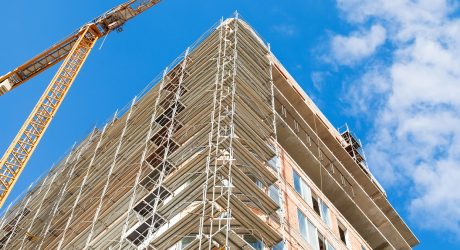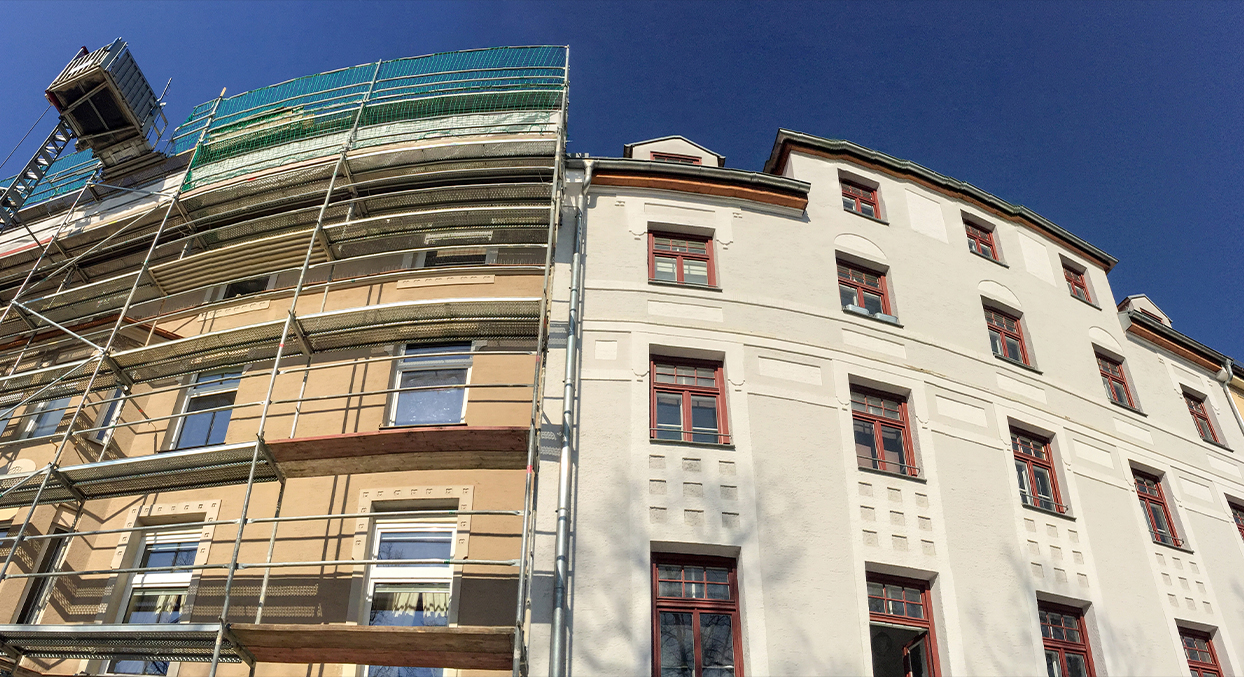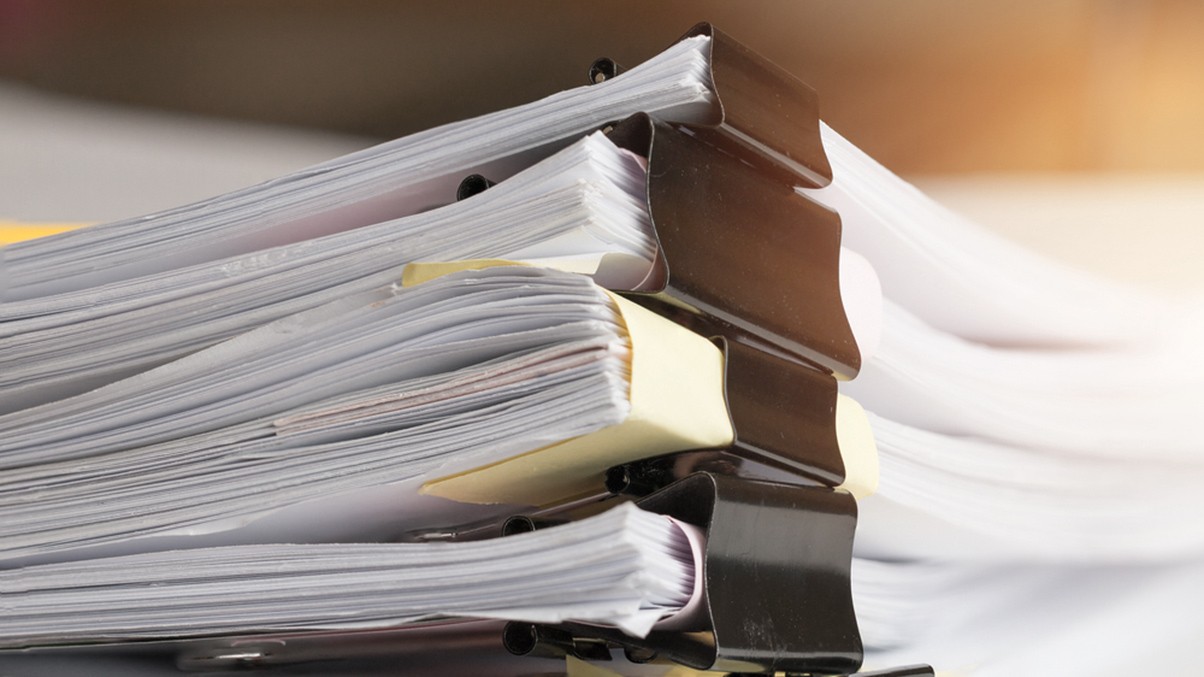Only three weeks after the hearing and not long after our last article, the Court of Appeal has issued its judgment in an appeal in relation to the availability of a capital allowance on the conversion of a former flight training centre into a hotel. The Court of Appeal has taken a narrow approach to the allowance, which will impact other taxpayers with open enquiries as well as those who have invested in similar schemes.
James Le Gallais and Anastasia Nourescu look at the Court of Appeal’s approach to the Business Premises Renovation Allowance and what this means for taxpayers claiming capital allowances.
The appeal
In London Luton Hotel BPRA Property Fund LLP v The Commissioners for HM Revenue and Customs [2023] EWCA Civ 362, the Court of Appeal considered the scope of the Business Premises Renovation Allowance (BPRA) for the first time. BPRA is a 100% capital allowance for expenditure incurred on or in connection with the conversion, renovation or repair of business premises. Its aim is to encourage investment in derelict or unused properties in disadvantaged areas to bring them back into use. BPRA was withdrawn in 2017, but there are ongoing claims under HMRC enquiry.
London Luton Hotel BPRA Property Fund LLP (the LLP) engaged a property developer to convert a flight training centre near London Luton Airport into a 124-room Ramada Encore hotel. It paid £12.5m for the developer’s services and claimed BPRA on that sum in its tax return. HMRC disallowed part of its BPRA claim and reduced it by £5m. The issue in dispute was whether the sum claimed comprised expenditure on or in connection with the conversion of the property under section 360B(1)(a) of the Capital Allowances Act 2001.
The LLP only won its appeal before the First-tier Tribunal (FTT) in part. Both the LLP and HMRC appealed to the Upper Tribunal (UT), which again allowed each of their appeals in part. However, the effect of the UT’s decision was that 96% of the LLP’s total claim was allowed. HMRC appealed to the Court of Appeal, and the LLP only cross-appealed in light of HMRC’s appeal.
The Court of Appeal heard the appeal between 13 and 15 March 2023. In what may be a record turnaround, the Court of Appeal issued its judgment only three weeks later, on 4 April, allowing HMRC’s appeal and dismissing the LLP’s cross-appeal.
A narrow approach to BPRA
The first issue under appeal was whether the entire amount claimed was incurred on or in connection with the conversion of the property. The Court of Appeal first considered the meaning of “in connection with”, which the case law states must be derived from the statutory context and the policy underpinning the legislation. Three points emerged from that context:
- that “[p]hysical works are at the heart of this relief”;
- that the focus of the legislation is “on the physical subject matter of the converted premises… not on their use”;
- that the purpose of the legislation is “to encourage the conversion and renovation of existing business premises to facilitate their return to business use” (and not “to provide tax efficient investment opportunities for high net worth individuals”).
The Court of Appeal concluded that these three features indicate that the words “in connection with” should be construed “relatively narrowly”. The expenditure must be connected with the conversion of the property which leads to its being available and suitable for letting (and not that it is actually used for that purpose, as the UT had found).
The court then applied its findings to the factual matrix. In this instance, the contractual framework and the arrangements between the parties indicated that different elements of the sum paid by the LLP to the developer were “earmarked” for certain purposes. Each of those elements therefore had to be considered separately.
What expenditure qualifies for BPRA?
The second issue under appeal, which only arose as the LLP’s appeal on the first ground failed, was whether five constituent elements of the sum paid by the LLP to the developer qualified for relief, as follows:
- A payment to the developer that the developer then put forward as a guarantee for a bank loan to the LLP;
- A licence fee that was designed to convert interest cost into capital expenditure so that BPRA could be claimed on it;
- Fees paid to promoters of the investment scheme and to independent financial advisers who introduced individuals as investors in the LLP;
- Franchise costs, including for intellectual property rights;
- A residual amount that could not be attributed to a specific right acquired by the LLP.
The Court of Appeal held that none of these arrangements was needed for the conversion work, and the expenditure was therefore not incurred “in connection with” the conversion. In particular, the licence described at point (ii) above was found to lack commerciality altogether, as it was a circular and self-cancelling arrangement. The fees at (i), (iii) and (iv), while incurred for legitimate commercial reasons, were simply too remote to be said to have been incurred “in connection with” the conversion of the property. As regards (v), as the residual amount was not attributable to specific work carried out by the developer, the court held that it should be apportioned in accordance with the percentage of qualifying expenditure of the total claim.
It is worth noting two other elements in issue before the FTT and UT but not before the Court of Appeal: legal fees, which were disallowed, and expenditure relating to fixtures, fittings and equipment, which were allowed as they were part of the overall construction costs.
It remains to be seen whether the taxpayer seeks permission to appeal to the Supreme Court.
Wider impact
The court notes that its judgment will be relevant to other BPRA claims of over £100m. We understand there are several open HMRC enquiries in relation to BPRA claims and appeals stayed pending the final outcome of this case. While the judgment states that only expenditure incurred on or in connection with the physical conversion of a property will qualify for BPRA, there may be scope to discuss with HMRC which items qualify for relief in a particular case. Taxpayers should carefully consider their position and seek professional advice in relation to any settlement discussions with HMRC.
As HMRC is currently paying close attention to tax relief claims, it would not be surprising if it sought to rely on the Court of Appeal’s judgment to take a narrow approach to other capital allowances, such as those that can be claimed for investment in plant and machinery, extracting minerals, research and development, and structures and buildings. While the application of a particular tax relief will depend on the context and purpose of the statutory regime in question, it will often turn on whether the expenditure was incurred for a particular purpose.
Those who have invested in similar schemes in the expectation that their investment would benefit from tax relief may also wish to seek advice on potential remedies. In particular, investors should urgently review their limitation provisions if they are considering action against the scheme promoters.
James Le Gallais and Anastasia Nourescu are available to discuss any issues arising in respect of disputed capital allowance claims generally or BPRA schemes specifically.
You can find further information regarding our expertise, experience and team on our Tax Litigation and Resolution page.
If you require assistance from our team, please contact us.
Subscribe – In order to receive our news straight to your inbox, subscribe here. Our newsletters are sent no more than once a month.







